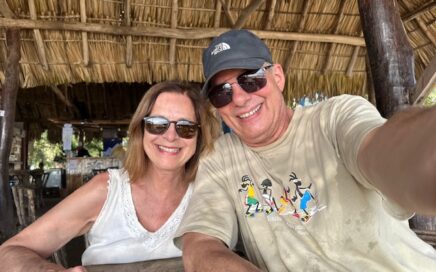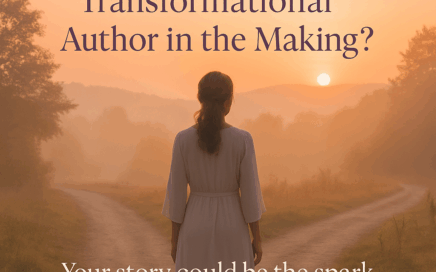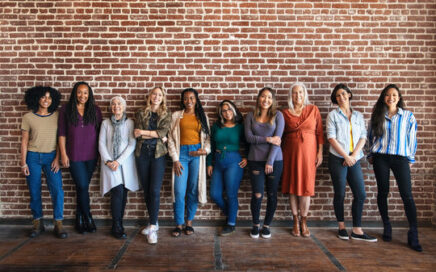
Taking a Sabbatical: The Challenges & Opportunities
As a mission-driven, high-achieving woman, hitting pause can feel counterintuitive. We’re wired to create impact, to keep moving, to do. So, when I made the decision to take a two-month sabbatical for personal and family reasons, it wasn’t easy. But what if stepping back could be the most powerful move forward? When we allow ourselves […]


